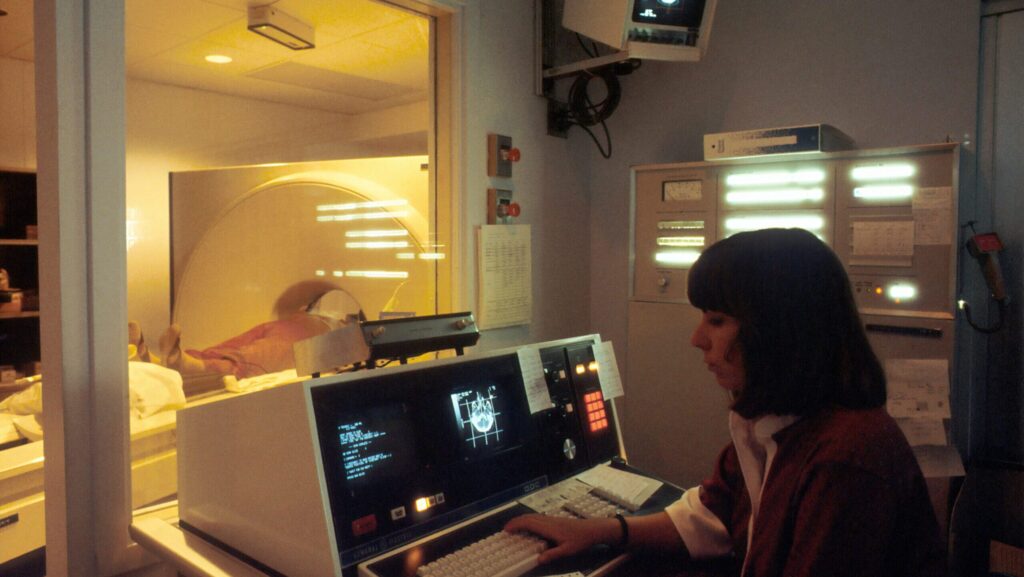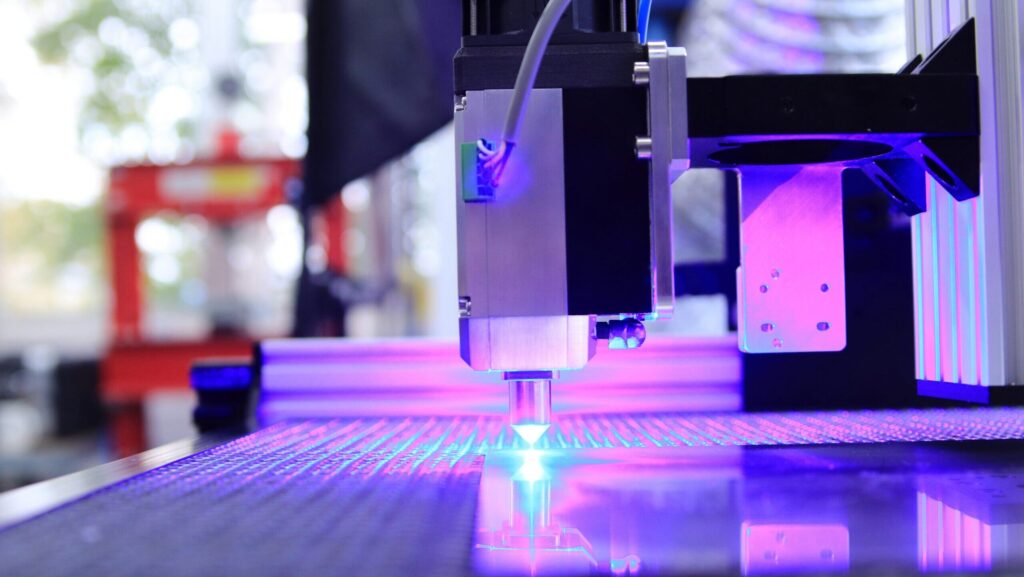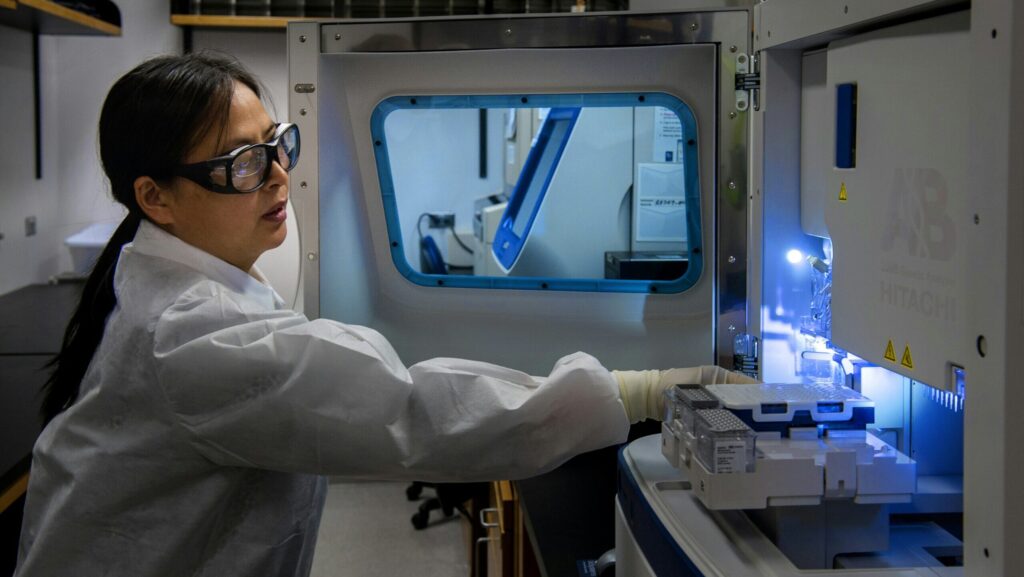Simply put, photonics is the study of light and its use in light-based technologies.
It’s an enabling technology, finding application in almost every industry and in many consumer products. Think about where light plays a role in your daily life—whether it’s the displays on your devices, satellite GPS navigation, or the transmission of data over the internet. Light has become an integral part of modern society.
In the 20th century, electronics was the dominant influencing technology, enabled by optics. The 21st century is the “Age of Light”, a century that will have optics and photonics as the dominant influencing technology, enabled in some cases by electronics.
Why study optics & photonics?
Studying photonics opens the door to a world of cutting-edge science, technology, and innovation that drives advancements across numerous fields.
While studying photonics, you’ll combine principles of physics, engineering, and materials science to engage with everything from nanotechnology to space exploration. With applications spanning telecommunications, defense, manufacturing, and entertainment, optics and photonics professionals are in high demand. Careers in this field often lead to well-paying, impactful roles.
By studying optics and photonics, you join a global effort to revolutionize industries, improve lives, and expand humanity’s understanding of light.
What career opportunities are available?

Communications
Light-based technologies power telecom systems, cell phones, and digital displays, enabling high-speed data transfer, global connectivity, and vibrant visual interfaces.

Medicine
Photonics enables medical advancements like imaging diagnostics, laser surgeries, and killing bacteria- and it also aids in gene modification and drug development.

Sensing
Satellites, security cameras, and astronomical instruments depend on light for imaging, surveillance, and environmental monitoring.

Manufacturing
Lasers and photonics are used in precision machining, process control, and semiconductor fabrication to improve efficiency and create intricate microchip circuit patterns.

Security & Defense
Photonics enables advanced guidance systems, surveillance, infrared visioning, and directed-energy weapons for military and defense applications.

Research
The work to Light the Way Forward continues every day. Research at CREOL, in industry, and within government sectors continues to push the boundaries of what’s possible.
What areas do photonics researchers study?
Laser Science and Technology
Lasers revolutionized communication, defense, medicine, and more, enabling new scientific frontiers from research labs to everyday life, from Earth to Mars and beyond.
Fiber Optics
Fiber optics drive low-loss signal transmission, transforming the fields of communication and information processing.
Nonlinear and Quantum Optics
Nonlinear optics enables wavelength conversion and microscopy; quantum optics unlocks quantum computing, secure communication, and ultrasensitive measurement.
Integrated and Nano Photonics
Optoelectronics powers LEDs, lasers, and solar cells; integrated photonics merges light and electronics to revolutionize communication, imaging, and sensing systems.
Imaging and Display
Research combines device development and signal processing, advancing biomedical imaging, industrial metrology, and consumer electronics displays.
Biophotonics
Light-based methods are utilized to understand and manipulate biological processes. Research involves development of novel techniques to diagnose and/or treat a variety of diseases.
Astrophotonics
Astrophotonics researchers study photonic lanterns, fiber optics, imagers, and laser technologies for astronomy in a dynamic environment.
What does an optics and photonics curriculum look like?
An optics and photonics curriculum at UCF provides a comprehensive foundation in the principles of light and its interaction with matter, while emphasizing hands-on experience with cutting-edge technologies.
Want to learn more?
Consider attending one of our Outreach Events to learn more about Student Life at CREOL. The College also has an extensive list of Outreach & Educational Resources available for students and teachers.
